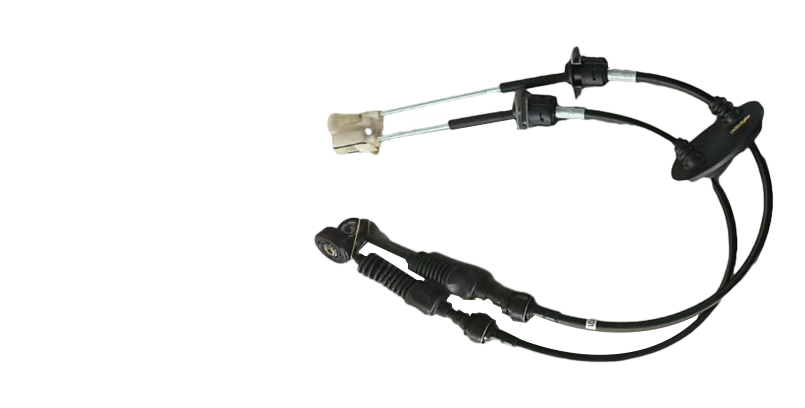hand throttle cable
Understanding Hand Throttle Cables Function, Importance, and Maintenance
In the world of automotive technology and machinery, components work in unison to ensure optimal performance and safety. One such essential component is the hand throttle cable. While often overlooked compared to other parts of a vehicle's engine system, the hand throttle cable plays a crucial role, especially in various types of vehicles, including motorcycles, tractors, and other heavy machinery. This article delves into the function, importance, and maintenance of the hand throttle cable.
What is a Hand Throttle Cable?
The hand throttle cable is a flexible cable that connects the throttle control mechanism within the driver's reach to the throttle body of an engine. Its primary function is to control the amount of air and fuel entering the engine, allowing the operator to regulate engine speed and power. This is especially vital in applications where precise control is necessary, such as in agricultural equipment or performance vehicles.
Functionality of the Hand Throttle Cable
When the driver or operator pulls or pushes the throttle lever, the cable transmits that motion to the throttle body, opening or closing the throttle valve accordingly
. This action adjusts the airflow into the engine, which corresponds to changes in engine RPM (revolutions per minute). In vehicles where constant speed is necessary, like lawn mowers or certain types of boats, the hand throttle cable allows the user to set and maintain the desired throttle position without having to keep their foot on a pedal.Importance of the Hand Throttle Cable
1. Precision Control The hand throttle cable provides enhanced control over the engine speed, especially in situations requiring delicate maneuvers. For instances where fine adjustments to engine performance are crucial, such as in racing or heavy machinery operation, the hand throttle cable is indispensable.
2. Safety Features Many modern vehicles include features that rely on the hand throttle cable for safety. In machinery, for instance, having the option to control engine speed manually can prevent accidents and improve operational efficiency.
3. Versatility Hand throttle cables are used in various applications—from motorcycles that demand high performance to agricultural tractors that require steady power for reliable operation. Their adaptability makes them valuable across multiple sectors.
hand throttle cable

4. User Preference Many operators prefer a hand throttle because it offers a direct tactile feedback mechanism for speed control, as opposed to foot pedals, which can sometimes lead to fatigue during long working hours. This can enhance comfort, particularly during extended use.
Maintenance of the Hand Throttle Cable
Like any mechanical component, the hand throttle cable requires regular maintenance to ensure its longevity and proper function. Here are some maintenance tips
1. Regular Inspection Periodically check the cable for any signs of wear, fraying, or rust. A damaged cable can lead to inconsistent engine performance or failure to respond to throttle adjustments.
2. Lubrication Keeping the cable lubricated can prevent stiffness and ensure smooth operation. Use appropriate lubricants that can withstand high temperatures and resist corrosion.
3. Adjustments Over time, the cable may stretch, requiring adjustments to maintain proper tension. Refer to the vehicle's manual for the correct adjustment procedure.
4. Replacement If the cable shows significant signs of damage or wear, replace it immediately to avoid safety hazards or performance issues. Using high-quality replacement cables is crucial to maintain reliability.
Conclusion
The hand throttle cable may seem like a simple component in the intricate machinery of a vehicle or equipment, but its impact is profound. It enhances precision control, contributes to safety, and offers versatility across a plethora of applications. Regular maintenance is essential to ensure it remains in optimal condition. Understanding and respecting the function of the hand throttle cable can lead to better performance and safety in various operating environments. Whether you're a casual driver or an operator in an industrial setting, appreciating the intricacies of your machinery, including something as small as a throttle cable, can lead to a much smoother and more efficient experience.
-
Workings of Clutch Pipe and Hose SystemsNewsJun.04,2025
-
The Inner Workings of Hand Brake Cable SystemsNewsJun.04,2025
-
The Secrets of Throttle and Accelerator CablesNewsJun.04,2025
-
The Hidden Lifeline of Your Transmission Gear Shift CablesNewsJun.04,2025
-
Demystifying Gear Cables and Shift LinkagesNewsJun.04,2025
-
Decoding Clutch Line Systems A Comprehensive GuideNewsJun.04,2025
